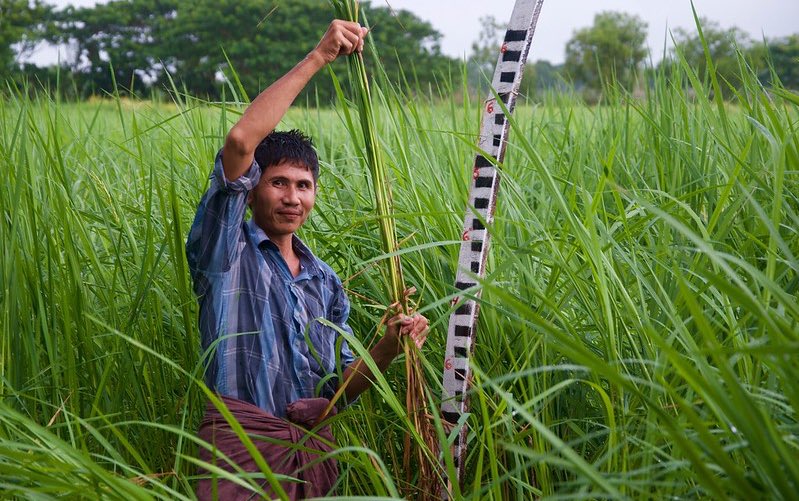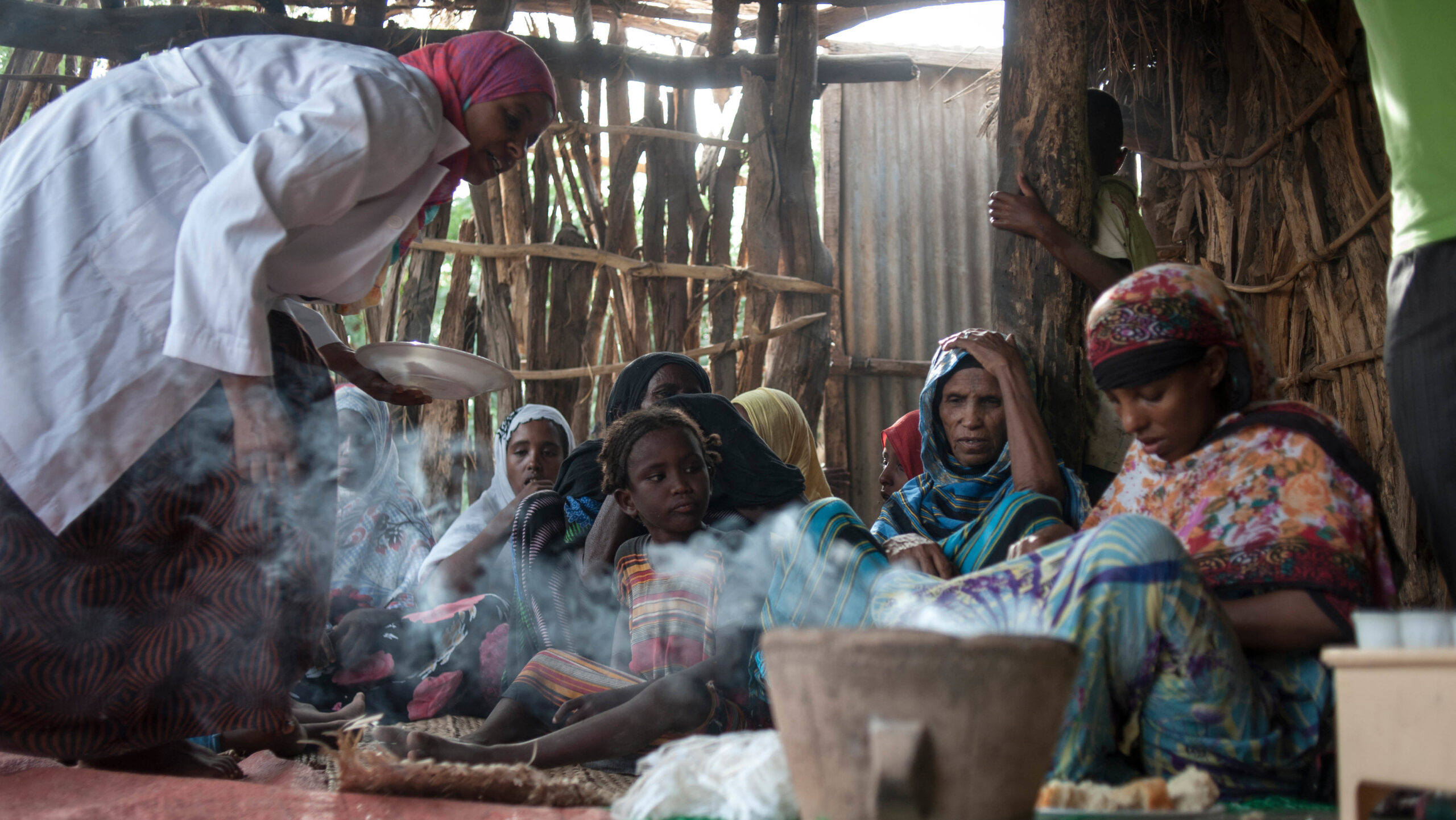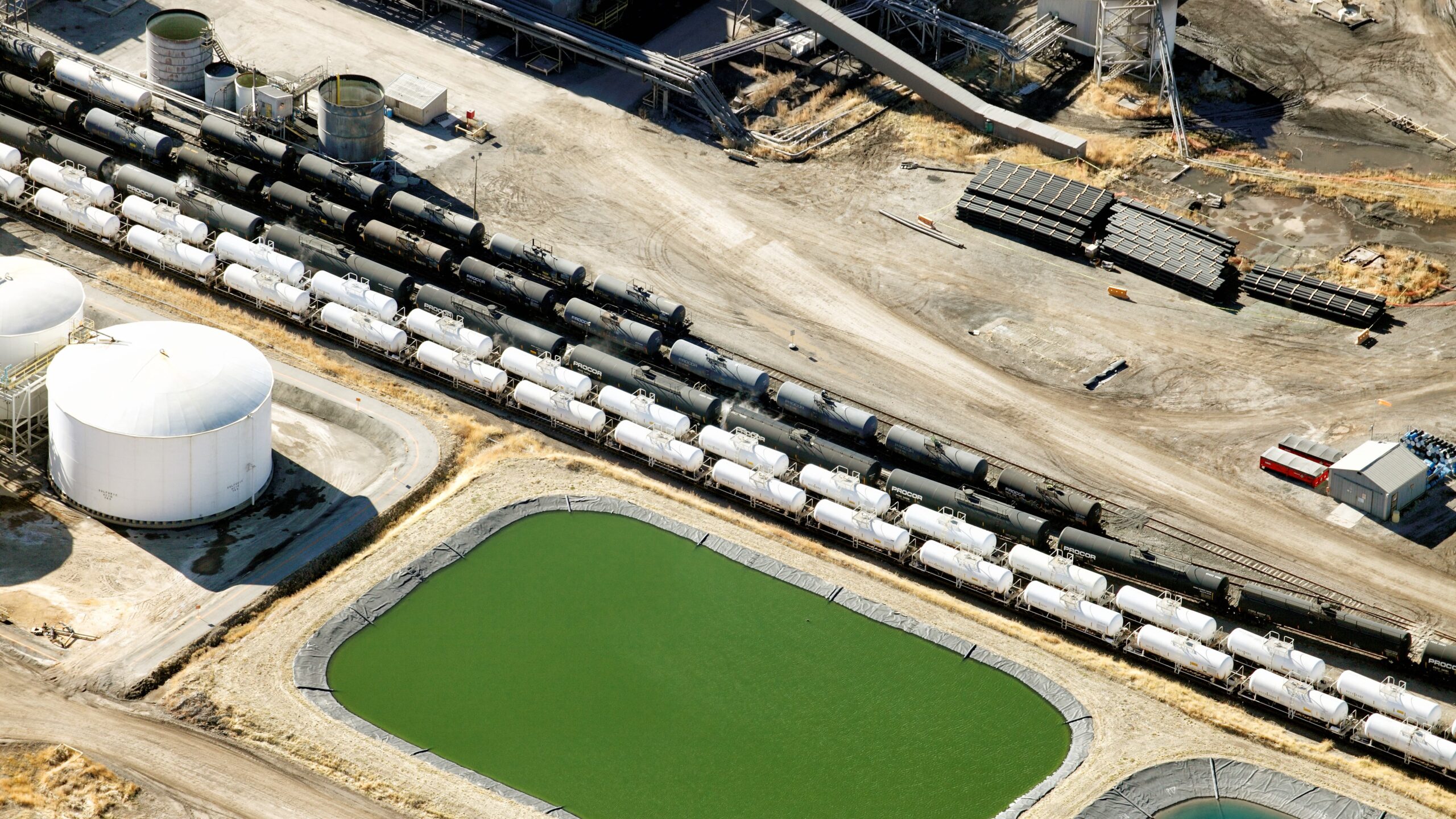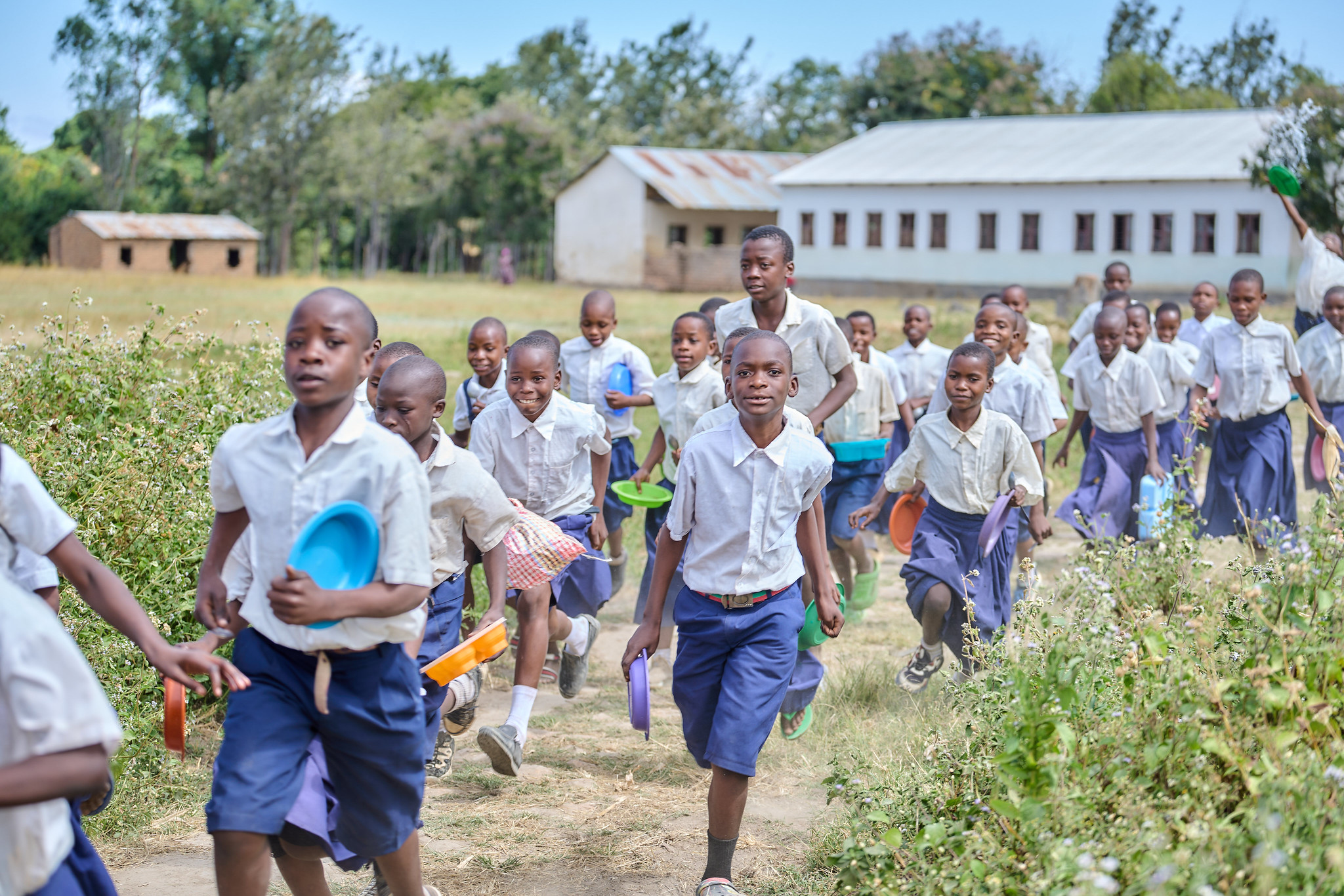Since its emergence in the last few years as a leading paradigm, food system transformation (FST) has become something of a buzzword in the global development community. The concept is now a dominant theme at most development conferences and workshops addressing Sustainable Development Goal (SDG) 2—a world free of hunger by 2030. The global development community has been calling for political leaders to embrace the FST concept and use it to develop plans of action for achieving SDG2. But development practitioners and policy makers alike are now beginning to question if this approach is heading in the right direction. And are we listening to policy makers who must implement FST ideas through policies and program interventions?
What is a food system and what is meant by transformation?
The concept of the food system is not new, nor is the debate over transforming agriculture and food systems. But the publication of the UN High-Level Panel of Experts on Food Security (HLPE) 2017 report on Nutrition and Food Systems led to a slew of conceptual papers, interpretative articles, and blog posts from various global thinkers. These experts are trying to fully understand how the emerging understanding jibes with well-established definitions, how ongoing research and programs are contributing to the evolving development of the FST concept, and who will implement programs focused on transformation itself. For SDG2, obviously, hunger is the programmatic focus and the context for any such transformation.
It’s important to understand how such overarching approaches to addressing food security and nutrition problems have continually evolved since the Green Revolution (GR) era 50 years ago.
In the 1980s—the decade immediately following the Green Revolution in Asia—the idea of addressing the multidimensional problems of food security, nutrition, health, energy, and sustainability through an integrated farming systems approach emerged. This is still considered a foundational intervention for FST. In the 1990s, we moved toward a livelihood approach to food security and nutrition, as this was seen as the main driver behind food access and affordability, and thus for nutrition. In the 2000s, as we recognized the challenge of environmental and natural resource degradation, we moved toward the triple goals of reducing poverty (through economic growth), boosting food security (safety nets), and achieving environmental sustainability. This was partly driven by the 1992 Earth Summit in Rio de Janeiro, which helped to integrate natural resource and sustainability issues with food security goals. In the 2010s, environmental issues took on an even sharper focus, with an emphasis on climate smart agriculture. The value chain approach also gained momentum, aiming to make value chains more nutritionally sensitive and to link agriculture to nutrition and health goals.
Research on all these ideas continues and has produced volumes of literature. Meanwhile, the global development community has been calling for action from the policy makers in developing countries to show the “political will” to take these ideas and develop policies and programs to achieve food security, better nutrition, and all the SDGs.
To be fair, the development community has identified some very successful models and invested in replicating and scaling them up in various countries. Unfortunately, these efforts have met with only limited success. For example, the Thailand model of community-based nutrition interventions in the 1980s has paid off very well in some countries. But when serious efforts were made to replicate the model in several other developing countries, they quickly went nowhere, partly due to distractions from other pressing issues such as natural disasters, conflicts, and food crises that shook the global food system as a whole in the late 2000s. But a major reason for the poor translation of the Thailand model into other countries is the weak local capacity for designing context-specific interventions. Now, the Thai model is all but forgotten.
As we begin a new decade and look back on the past several years, a discouraging picture emerges. The number of people affected by food insecurity has risen, and the double burden of malnutrition is worsening. And even before we could get a handle on the sustainable management of soil, water, forest, and biodiversity resources—the foundation on which food systems rest—the looming challenges of climate change have emerged as factors both affected by and affecting the food system.
Lessons from national consultations
Clearly, something is amiss in the various FST approaches reviewed above. Can the experience of individual countries on this front provide some insights into what has gone wrong?
To answer this fundamental question, IFPRI consulted with policy makers in two developing countries in transition—Myanmar and Afghanistan—to see what operational challenges they face in implementing actions towards FST. This series of systematic consultations spanned two years and focused on achieving SDG2 through FST. The issues and the outcomes are similar in both countries and summarized below.
Low level capacity at all levels for FST. Designing and implementing interventions in various spheres of the food system requires capacity at many levels. In developing countries, these capacity needs are largely met by external technical assistance, which does not adequately invest in building local capacity. As a result, countries end up dependent on foreign technical assistance with a “fly in and fly out” mode of problem solving. In order to change this approach, serious efforts should made to assess the capacity of national systems—public, private, civil society, and academic community—to identify and address the challenges and problems of FST.
A lack of multidisciplinary capacity. The food system approach is multidisciplinary, yet in many countries there is limited collaboration and communication across individual disciplines, leaving practitioners no clue on how to connect their work to the larger goals of FST. For example, a scientist working on the fall armyworm, the agricultural pest that feasts on many staple crops, has no incentive or the time to think about how his or her research connects to the food system, and would not normally participate in any national FST debate. This is true of many single disciplinary scientists and problem solvers. What kind of capacity is needed to bring these individual disciplines together to collectively address food system issues?
Multisectoral capacity is needed to bring together sectors such as agriculture, health, nutrition, commerce, trade, environment, forestry, social welfare, and others to engage on transforming food systems. Unless professionals across these sectors are connected and guided to cooperatively develop interventions, progress in FST will continue to be limited and SDG2 will remain elusive.
Sectoral plans and policies have not adequately recognized the systems approach. Part of the problem is, individual sectors have received external assistance for developing their policies, strategies and action plans, largely from a single sector perspective. Meanwhile, institutional capacity and mechanisms for developing jointly-implemented multisectoral action plans at the local level are lacking. This absence of coordination capacity at all levels continues to thwart the implementation of interventions for achieving FST.
Context specificity is essential. This is a central lesson from the various paradigms described above and the struggles to implement them. FST requires context-specific interventions, as the elements of the food system in different countries have varying levels of development and a range of geography and climate conditions, market factors, and local or national politics. Thus there is a need to identify the most critical factors and constraints in food systems in various contexts that prevent them from delivering on SDG2. Yet, investments towards developing such contextual solutions are grossly neglected.
Let us do it for ourselves? A new generation of developing country policy makers is looking for opportunities to use local capacity to design and implement policies and programs. They are calling for building greater capacity in their countries and national systems. While it is easy to tune out such calls, because these investments take long time to reach fruition, investment in local capacity is crucial for sustainable FST. We need a change in the process of allocating development aid—at least a dedicated fraction of assistance should aim at building long-term institutional and human capacity and this effort should become a regular practice of development partners.
How to build capacity for FST?
Development practitioners who have tried to build capacity in developing countries recognize the enormity of the task of achieving SDG2 through FST. But so too was the task of building capacity for the Green Revolution in the 1960s and 1970s. What lesson did the GR teach and how different should it be to build capacity for FST? Do we know better now? Some pointers below from the Myanmar and Afghanistan consultations.
Strengthening the policy system as a capacity building goal is key for generating greater support for FST. Understanding the roles of various actors and players in the policy system and their capacities for designing, adopting, implementing, monitoring, and evaluating policies is key for effective translation of the FST approach into the measurable SDG2 outcomes. In this context, the Kaleidoscope Model developed by IFPRI and its partners with the support of USAID would be an effective tool. Developing capacity for using such tools has been successful in mobilizing policy systems and developing synergy among their actors.
Develop necessary institutional arrangements and capacity for coordinating interventions and actions, which are largely missing at various levels in developing countries in the context of FST. Often, these gaps are simply never assessed. Tools recently developed under the Capacity Development for eAgricultural Innovation System (CDAIS) initiative provide opportunities for undertaking such assessments, and in the process to develop strategies to bring multisectoral and multidisciplinary players together to accomplish common and yet complex goals of FST.
Human capacity for designing policies, programs, and context-specific interventions is fundamental to consistently replicate successes such as the Thailand model across different countries. For example, food systems are shaped by the agroecology and natural resources of local communities, which also largely determine the nature of value chains. Thus, the capacity to develop context-specific innovations and interventions requires analytical skills at the local level; this in turn requires sustained investments in local research and educational institutions over a long period. Assessing such capacity needs is a first step in this process.
Investment gap analysis—Analyze current investments in policies and strategies related to FST, Identify the gaps in them, and Track progress in closing those gaps (AIT)—requires capacity at the national level. This AIT approach, which we used in Myanmar and Afghanistan, shows that FST accounting and capacity building for such tracking can result in short term gains in efficiency in policy and program implementation.
If developing countries fail to build these capacities, FST may become just another passing concept like those that came before it.
Policy makers in many developing countries understand the challenge. The Myanmar and Afghanistan experiences show that the idea that policy makers lack the political will to solve their problems is completely outmoded. Now, for a change, they are calling for greater investments in building multidisciplinary capacity at the national and decentralized levels to help transform food systems. Will the global development community heed this call for action? Achieving SGD2 by end of 2030 depends on it.
Suresh Babu is Head of Capacity Strengthening and a Senior Research Fellow at IFPRI.







